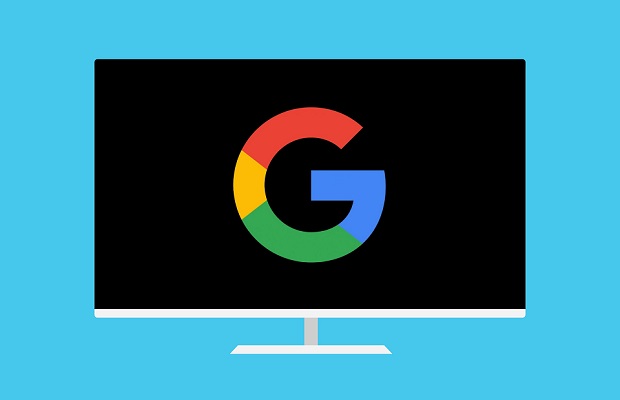Google is making traditional TV ad inventory available to buy in DoubleClick Bid Manager.
The move means that advertisers will be able to buy linear TV spots programmatically via DBM.
Google is also integrating with WideOrbit, clypd, and Google Fiber, Google’s broadband Internet and IPTV business unit, to offer access to national, local, and addressable TV inventory in DBM.
The tech giant made the announcement in conjunction with the opening of the National Association of Broadcasters convention.
In making the inventory available through DBM, Google is acknowledging that consumers are watching video of all kinds on demand and on multiple devices and screens.
“We’re in the golden age of video, and while this explosion of great content is great for users, it creates a lot of complexity for advertisers and publishers,” wrote Rany Ng, director, product management, Google, in a blog post about the announcement.
On measurement, DBM will offer impact metrics for attribution across channels. “For example, an advertiser will be able to measure the lift when someone searches for their brand on Google or YouTube after seeing their TV ad.”
At last year’s NAB conference, Google offered publishers and TV broadcasters using DoubleClick for Publishers (including MCN, Roku and Cablevision) ways to control inventory and ad experiences across screens, regardless of how and when users tune in to content.
The test announced today is the first reintroduction of TV ad buying for Google since the company discontinued its Google TV Ads program, which let advertisers buy TV spots in AdWords which ran from 2007 to 2012, but failed to gain traction.
Analysis
“The TV media buying business is massive, it’s the jewel in the crown and no surprise Google is making another play to be the gatekeeper”, explains Danny Meadows-Klue, Chief Executive of the Digital Strategy Consulting group. “TV media has lagged a decade behind how online media is traded. The base for behavioural targeting began in online advertising back in 2000 when Yahoo launched their tools. It took more than a decade before TV planners could offer household based targeting, and this was only at very small scale. Google is smartly seeing that gap in the market, and the inefficiency of the old approaches. If they (or others) can truly leverage it, then not only will media become more efficient to trade, but TV planning dashboards will finally get integrated into the rest of the mix of screen-based commercials.” In the early 2000s, Meadows-Klue set up the Digital Media Planning Academy for agencies to teach planners the new techniques for effective media planning.
Whoever controls the gateway controls a slice of the pie. TV budgets are notoriously high, so that gateway leads to a big slice of income for the software provider, but the implications go further. “Programmatic media buying leads to a step-change in average CPMs to a new lower norm. It also leads to more effective price differentials based on where value is added to the brand’s campaign – if (and that can be a big “if”), the programmatic engine gets the right data about effectiveness.” warns Meadows-Klue. “These will hit the price of GRPs on many TV networks. The changes that digital publishers had to wrestle with a decade ago are now ones that TV networks will have tackle head-on.”
